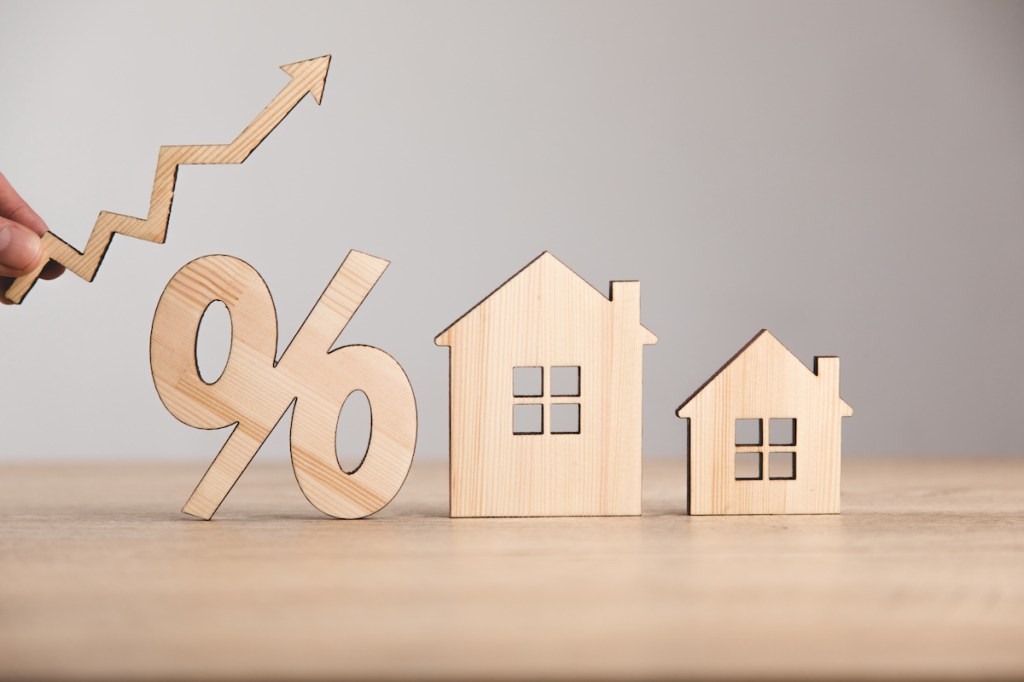Homebuyer affordability decreased slightly in May, as new mortgages took up a larger share of a the average person’s income while rates trended higher. High inflation and rising mortgage rates won’t lessen the burden on new home buyers in the coming months.
The national median payment applied for by applicants rose to $1,897 last month from April’s $1,889, according to the Mortgage Bankers Association (MBA). The national median mortgage payment for conventional loans was $1,960, down slightly from April’s $1,967, but significantly higher than a year ago, when it was $1,394 in May 2021. Federal Housing Administration (FHA) loan payments rose to $1,430 in May from the previous month’s $1,374.
“The ongoing affordability hit of higher home prices and fast-rising mortgage rates led to a slowdown in purchase applications in May,” said Edward Seiler, MBA’s associate vice president for housing economics and executive director at the Research Institute for Housing America, according to a statement.
“While the median principal and interest payment only increased $8 from April, a typical borrower is paying $514 more through the first five months of 2022 – a jump of 37.1%,” he said.
The average purchase mortgage rate rose to 5.27% in early May, according to Freddie Mac PMMS, a 13-year high until it surpassed the 6% level in June.
Citing inflationary pressures and mortgage rates above 5%, Seiler said the MBA expects sales of new and existing homes to fall below 2021 levels. The agency expects some 5.76 million existing homes to sell in 2022, well below the previous year’s sale of 6.13 million existing homes. New home sales are forecast to remain slightly more stable, with the sale of 769,000 new houses projected, down from 771,000 new houses sold last year.
The purchase applications payment index (PAPI), which measures how new monthly mortgage payments vary relative to income, rose 0.4% to 163.4 in May from 162.8 in April. An increase in MBA’s PAPI, indicative of worsening borrower affordability conditions, means the mortgage payment to income ratio is higher due to increasing application loan amounts, rising mortgage rates, or a decrease in earnings.
Black and white households’ homebuyer affordability dropped at the steepest rate at 0.7 points. The index for Black households rose to 166.6 and climbed to 164.3 for white households in May from April.
Borrowers in Idaho are facing the greatest affordability challenges with a PAPI index coming in at 253, followed by Nevada (249.7), Arizona (233.5) and Utah (210.9).
Meanwhile, borrower affordability conditions were best in Washington D.C. (99.7), with Alaska (102.6), Connecticut (111.2) and West Virginia (113) trailing behind.






